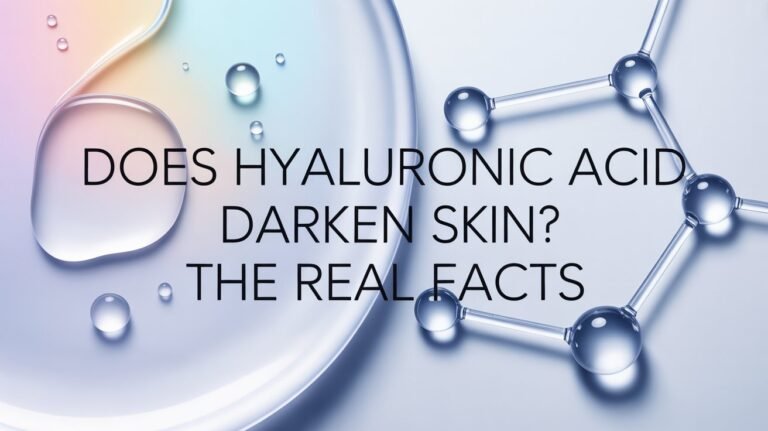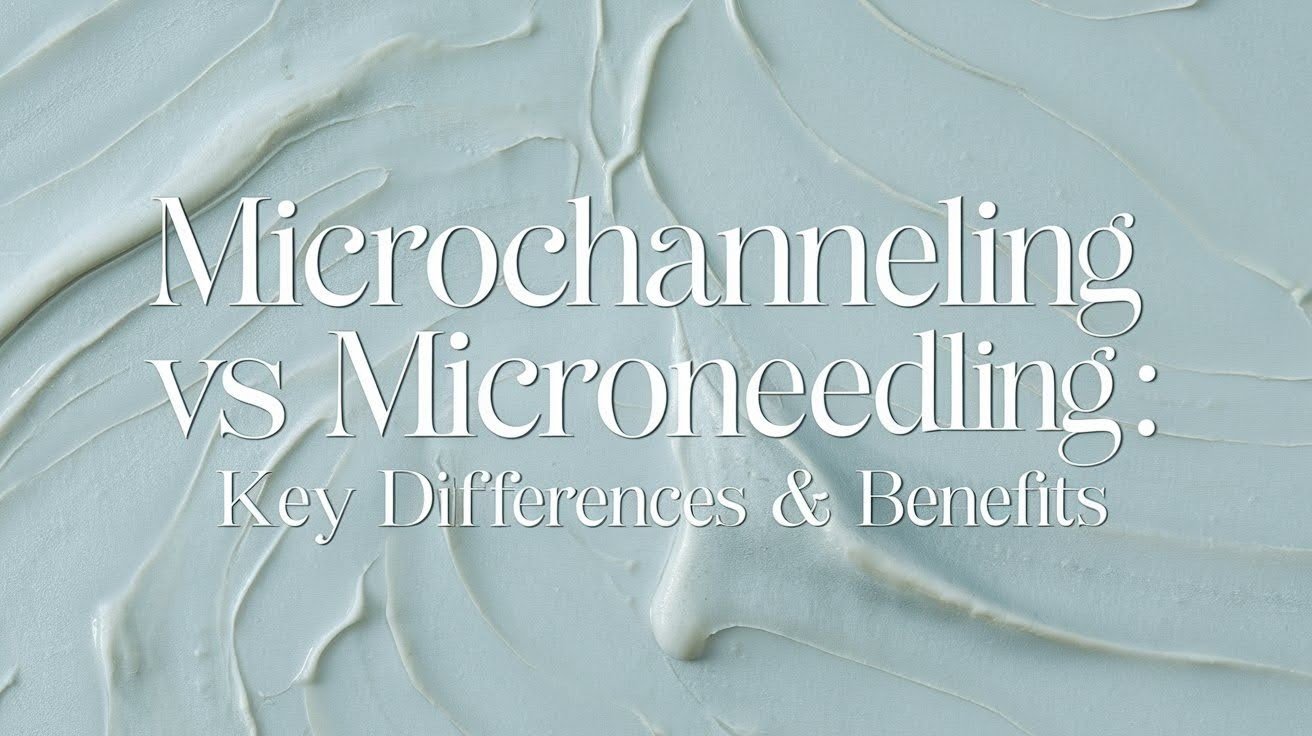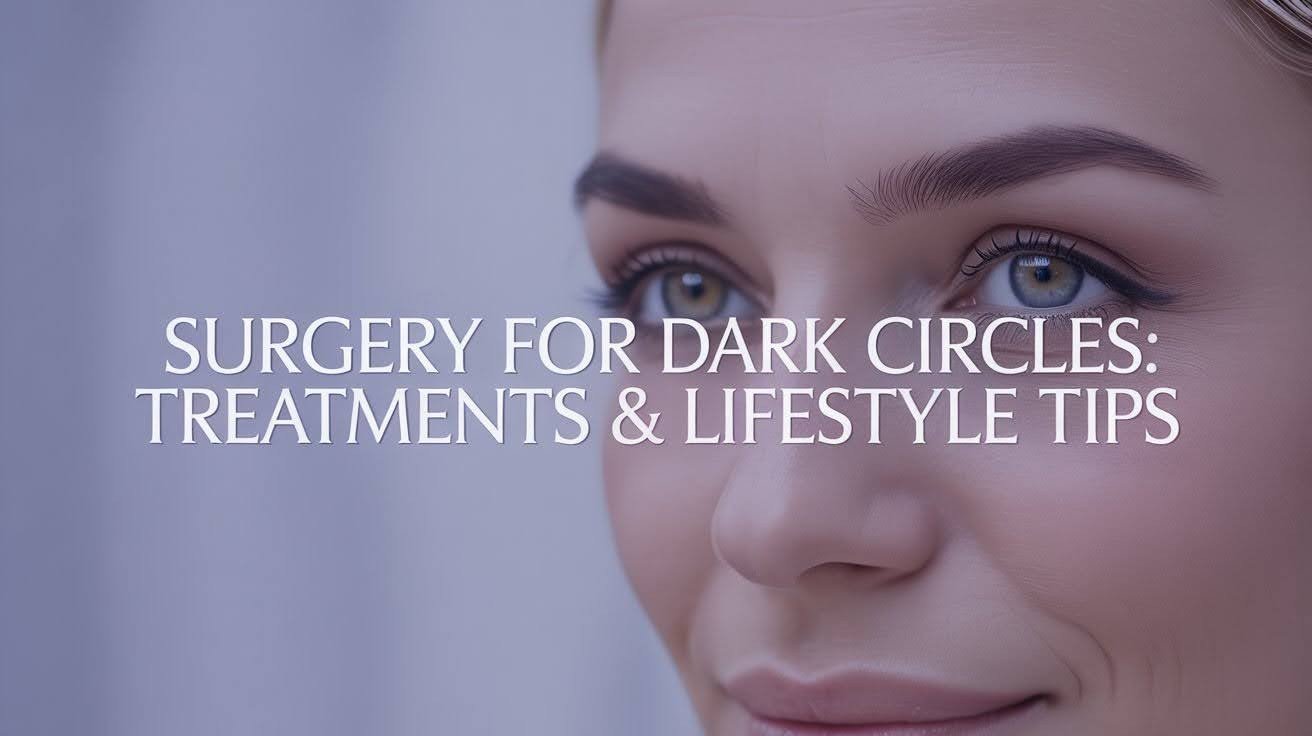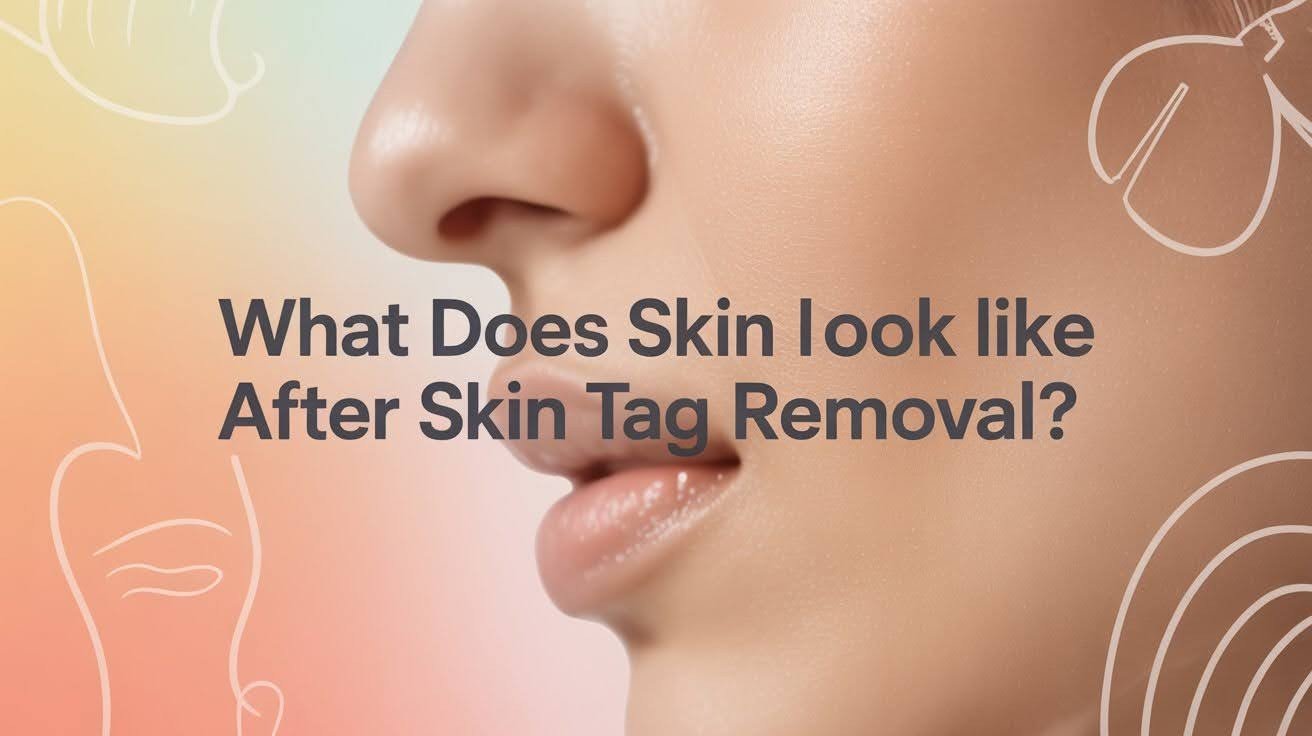How to Manage Latisse Side Effects Like Sunken Eyes
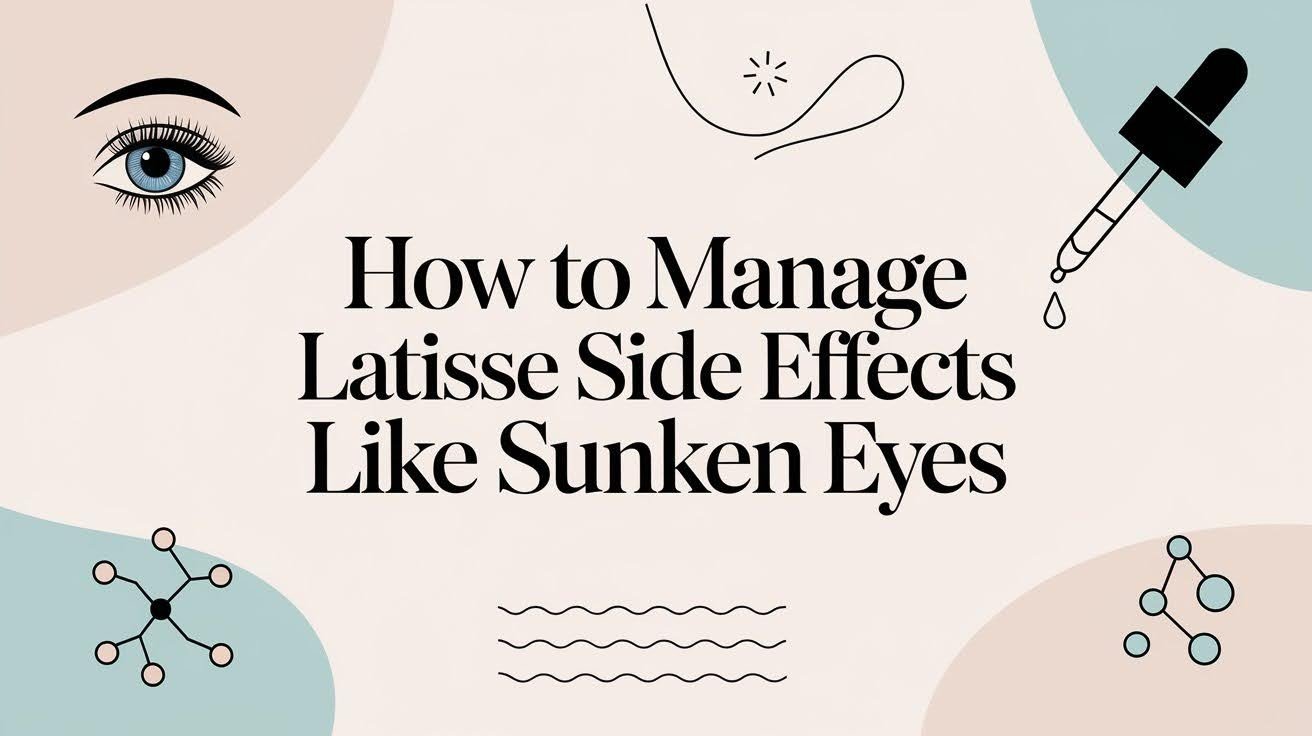
After years of helping patients navigate cosmetic treatments, I’ve witnessed Latisse transform thin, sparse lashes into fuller, longer ones that many consider life-changing.
This FDA-approved serum has gained massive popularity among those seeking natural lash enhancement without extensions or falsies.
However, my clinical experience has taught me that while most users experience only mild irritation or darkening, some face more concerning issues like orbital fat loss, which creates that sunken eye appearance that can be distressing.
Having guided countless patients through these challenges, I understand how overwhelming it feels when your beauty routine causes unexpected changes.
Today, I’ll share evidence-based strategies and professional insights to help you manage these side effects safely while making informed decisions about continuing treatment.
Understanding Latisse and Its Side Effects
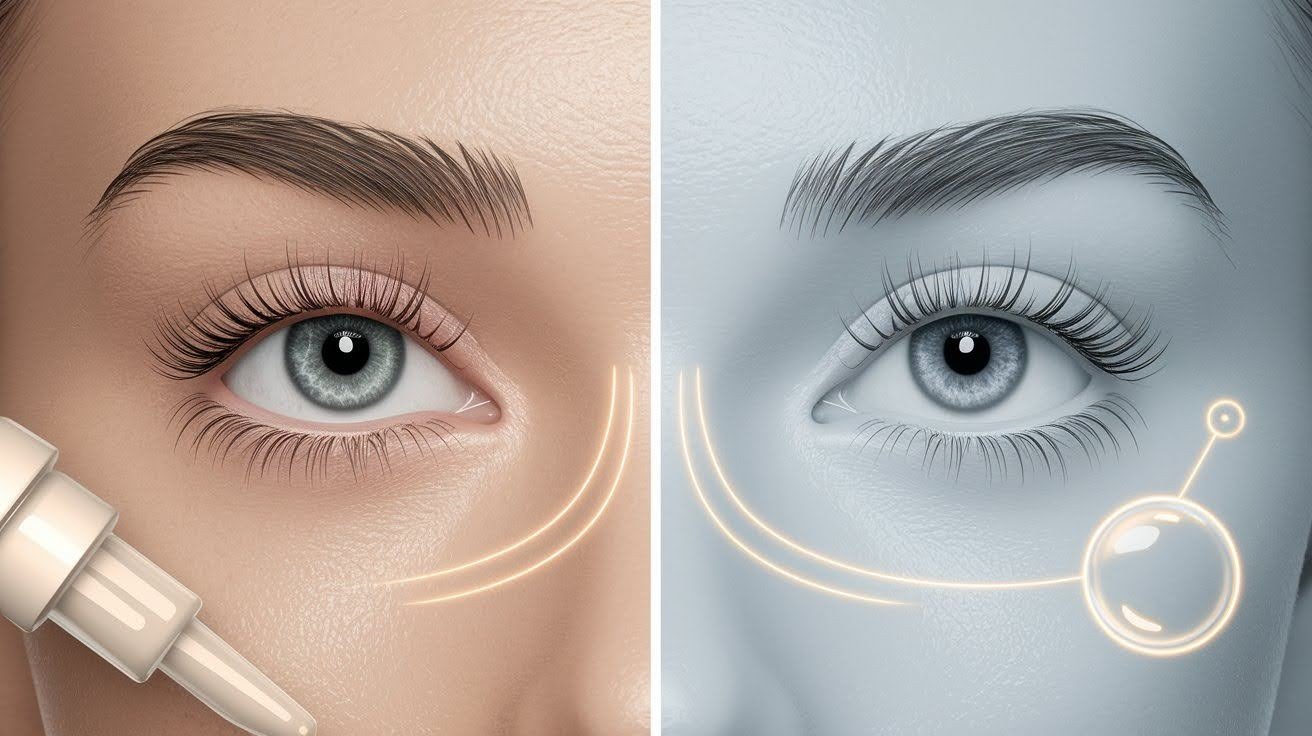
A guide explaining Latisse’s mechanism, common reactions, and the serious concern of orbital fat loss around eyes.
What Is Latisse?
Latisse stands as the only FDA-approved prescription treatment specifically designed for lash growth enhancement. The active ingredient, bimatoprost, belongs to a class of medications called prostaglandin analogues.
Originally used in glaucoma treatments, researchers noticed an interesting side effect-patients developed remarkably longer, thicker eyelashes.
This observation led to Latisse’s development as a cosmetic treatment, offering a medical-grade solution for those seeking natural lash improvement.
Common Side Effects of Latisse
While many users experience positive results, it’s crucial to understand potential reactions.
The most frequently reported side effects include eye redness, itching, and general irritation around the application area.
Some individuals notice darkening of the eyelid skin, which can create an uneven appearance.
Perhaps most concerning for those with lighter eye colors, particularly hazel or green eyes, is the possibility of permanent iris color change to brown.
Additionally, some users report uneven lash growth patterns, where certain areas grow faster or thicker than others.
What Is Orbital Fat Loss?
Orbital fat loss represents one of the more serious potential complications. This condition involves the gradual loss or atrophy of protective fat pads surrounding the eye socket.
The result is a hollow, sunken appearance that can age the face significantly and create an unnatural eye contour.
While some cases show improvement after discontinuing treatment, the changes aren’t always completely reversible, making early detection and intervention critical for the best outcomes.
Why Latisse Causes Sunken Eyes

Role of Prostaglandin Analogues
- Bimatoprost interacts with fat tissue surrounding the eye socket, not just lash follicles
- Prostaglandin analogues can trigger fat cell breakdown in the orbital area
- Ophthalmologists have documented similar fat loss in glaucoma patients using prostaglandin medications
- The same biological pathway promoting lash growth can inadvertently affect fat pads
- Fat cells provide volume and support around the orbital area, creating natural eye contour
Other Risk Factors
- Long-term use significantly increases risk due to prolonged medication exposure
- Genetic makeup influences individual susceptibility to fat tissue changes
- Age plays a crucial role – older individuals face higher vulnerability
- People with naturally thinner fat pads are more prone to complications
- Improper application techniques can concentrate medication in unintended areas
- Exceeding recommended dosages accelerates potential fat loss
- Using similar products like Careprost increases cumulative effects
How to Spot the Early Signs of Sunken Eyes
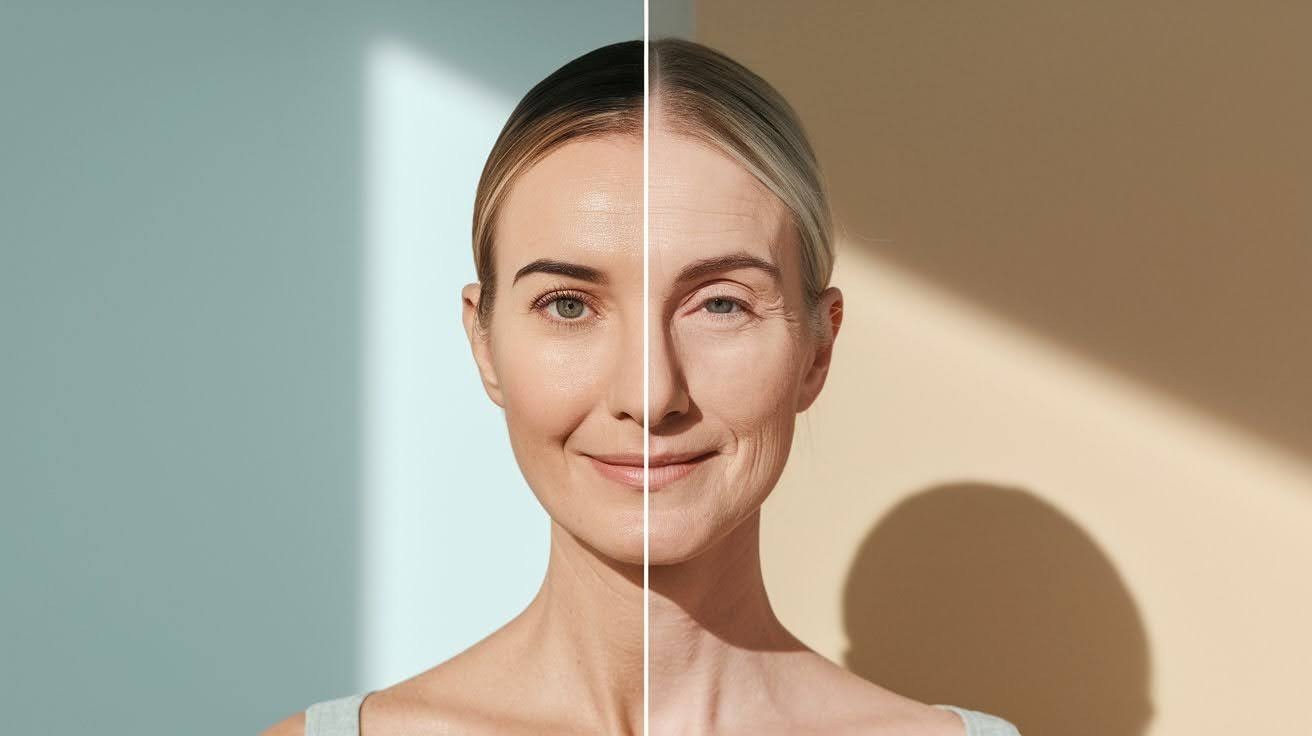
Learn to identify early warning signs of orbital fat loss and know when professional medical evaluation becomes necessary.
Changes to Look Out For
Watch for increased eyelid creasing or triple folds, visible hollowness under or around the eyes, and loss of natural puffiness near the lash line.
You may notice upper eyelid drooping (ptosis) or asymmetry between your eyes, with one appearing more hollow.
Eyes might seem more deeply set, and makeup may apply differently than before. Often, friends or family notice these changes first, commenting that you look “tired” or different.
When to Seek Medical Advice
Seek professional help if subtle changes become noticeable within a few months of use. Don’t ignore persistent discomfort, dry eye symptoms, or visible facial changes that concern you.
Asymmetrical effects, worsening appearance, or contact lens discomfort all require immediate evaluation. Any concerns about your eye appearance or function should prompt a visit to your eye doctor for proper assessment and guidance.
Steps to Manage and Reverse Latisse Side Effects
A four-step approach to address Latisse-induced orbital fat loss through cessation, medical evaluation, and treatment options.
1. Discontinue Latisse Use

The most critical first step involves immediately stopping Latisse application to prevent further fat loss progression.
Cessation allows your body to halt the ongoing prostaglandin-induced changes and gives existing tissue the best chance for natural recovery.
While this decision can be difficult after seeing positive lash results, continuing use will likely worsen the sunken eye appearance and make future correction more challenging.
2. Talk to Your Optometrist or Ophthalmologist

Schedule an evaluation with an eye care professional who can assess the extent of orbital fat loss, check for ptosis development, and evaluate dry eye symptoms.
Regular monitoring becomes essential during the recovery period, as your doctor can track changes in eye health and gland function.
They’ll also help determine whether additional interventions are necessary and can rule out other potential causes for your symptoms.
3. Consider Non-Invasive Recovery Aids

Support your recovery with targeted skincare and lifestyle modifications. Eye creams containing peptides, retinol, or intensive hydrating ingredients can help improve skin texture and firmness around the affected area.
Maintaining proper hydration and incorporating omega-rich foods into your diet supports overall skin recovery and may help optimize your body’s natural healing processes.
4. Medical or Cosmetic Interventions

For more significant corrections, several professional treatments are available. Dermal fillers offer immediate volume restoration under the eyes, providing a temporary but effective solution.
Fat grafting procedures can create more permanent correction by transplanting your own fat tissue to the affected areas.
PRP therapy or specific laser treatments may promote skin healing and stimulate collagen production, helping restore some of the lost volume and improving overall eye area appearance.
Preventing Latisse Side Effects in the Future
- Follow prescribed application guidelines strictly and avoid using extra product or applying more frequently than recommended
- Never reuse applicators between applications and prevent product from dripping onto eyelids or other facial areas
- Consider lash serums without prostaglandin analogues or alternatives like high-quality mascara and professional lash extensions
- Take regular before and after photographs under consistent lighting to monitor for subtle changes in eyelid contour and eye symmetry
- Keep a visual record for healthcare provider discussions and make informed treatment decisions based on your progress
Conclusion
Throughout my years in practice, I’ve seen Latisse create truly remarkable lash transformations that boost confidence and simplify daily routines.
However, I’ve also guided patients through the challenging reality of managing serious side effects like orbital fat loss.
The key lies in understanding that while this treatment can deliver impressive results, it carries genuine risks that require your full attention and respect.
Success with Latisse-or recovery from its complications-starts with vigilant self-monitoring and early detection of warning signs.
Should problems arise, immediate discontinuation combined with professional eye care support offers your best path forward.
Remember, no cosmetic enhancement is worth compromising your long-term health or natural beauty. If side effects begin to outweigh the benefits you’re experiencing, exploring safer alternatives isn’t giving up-it’s making a wise, informed choice for your wellbeing.
Frequently Asked Questions
Can Latisse-induced sunken eyes be reversed?
In many cases, yes, especially when caught early and Latisse is discontinued promptly. However, complete reversal isn’t guaranteed, and some individuals may need professional treatments like fillers or fat grafting for full correction.
How long does it take to see improvement after stopping Latisse?
Initial improvements may become noticeable within 3-6 months after discontinuation, though full recovery can take up to a year. The timeline varies based on individual factors like age, genetics, and the extent of fat loss experienced.
Are there safer alternatives to Latisse for lash growth?
Yes, several options exist including prostaglandin-free lash serums containing peptides and vitamins, high-quality mascaras, and professional lash extensions. These alternatives typically carry lower risks while still providing lash enhancement benefits.
What should I do if I notice early signs of orbital fat loss?
Stop using Latisse immediately and schedule an appointment with an eye care professional for evaluation. Early intervention provides the best chance for natural recovery and prevents further progression of the condition.
How can I prevent Latisse side effects while using the product?
Follow application instructions precisely, use only the recommended amount, and never reuse applicators or allow product to drip onto surrounding skin. Take regular progress photos and monitor for any changes in eye contour or symmetry.



